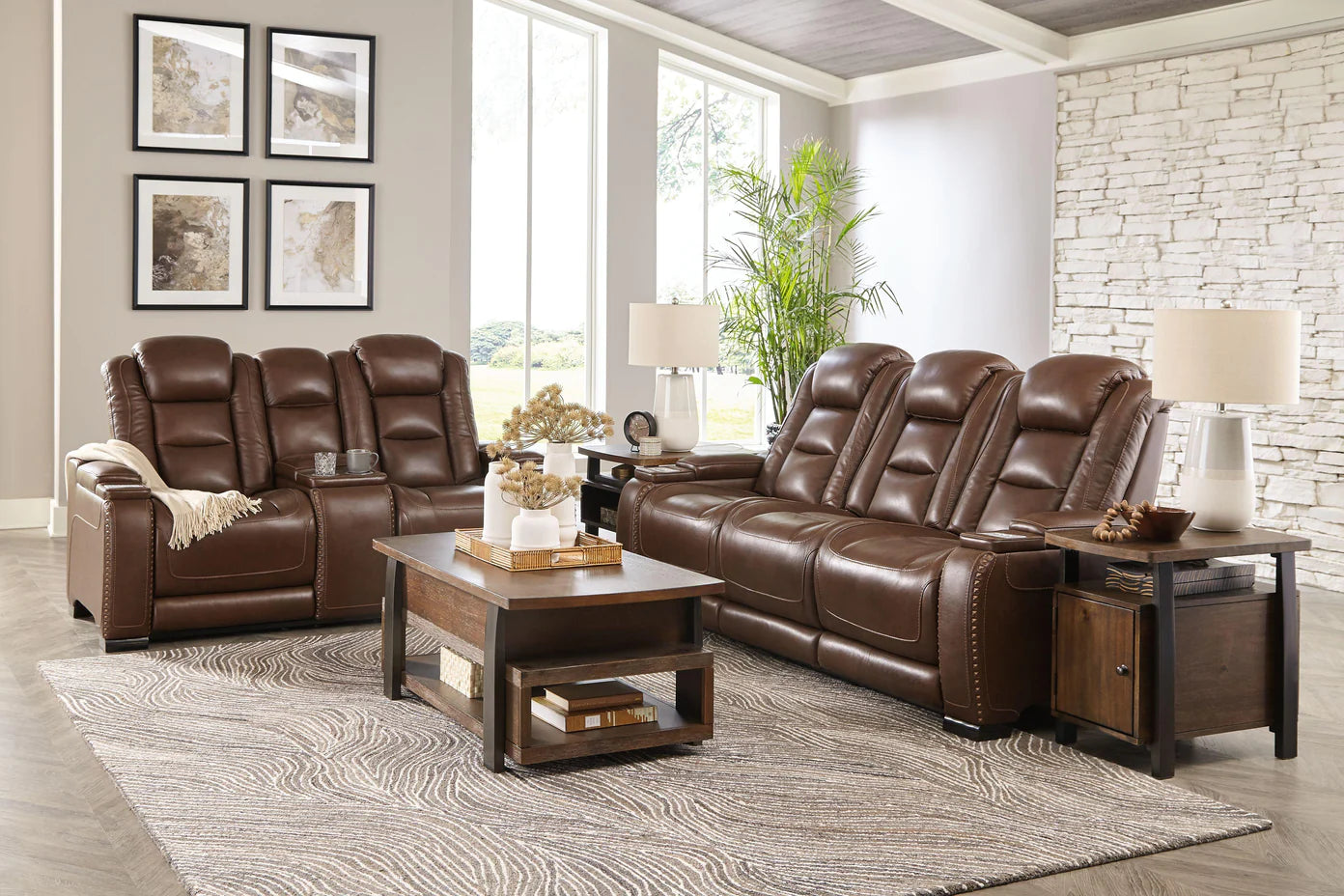
Furniture Arrangement Tips: Maximizing Style and Functionality
Arranging furniture in your home can be both an art and a science. The way you position your furniture can significantly impact the aesthetics, flow, and functionality of your living space. In this guide, we'll explore some expert tips on how to arrange furniture to maximize both style and functionality.
1. Start with a Focal Point:
- Every room should have a focal point, which could be a fireplace, a large window with a view, or even a piece of artwork. Begin by orienting your furniture around this central element.
2. Consider Traffic Flow:
- Ensure that there are clear pathways for people to move around the room without bumping into furniture. This is especially crucial in high-traffic areas like the living room.
3. Balance and Symmetry:
- Achieve visual balance by distributing the visual weight of furniture evenly across the room. Symmetrical arrangements, such as matching sofas and end tables, can create a sense of order and harmony.
4. Scale and Proportion:
- Choose furniture that suits the scale of your room. Large pieces in a small room can make it feel cramped, while tiny furniture in a spacious room can make it appear empty.
5. Conversation Zones:
- In larger living areas, create separate conversation zones using furniture groupings. This can make the room feel more intimate and conducive to conversation.
6. Coffee Tables and Side Tables:
- Place coffee tables and side tables within easy reach of seating areas. These provide convenient surfaces for drinks, snacks, and decor.
7. Avoid Pushing Furniture Against Walls:
- Contrary to common belief, pushing all furniture against the walls can make a room feel disconnected. Try floating your furniture within the room to create a more inviting atmosphere.
8. Use Area Rugs:
- Area rugs can define specific zones within a room. Make sure the rug is large enough to fit all the furniture legs in a seating area.
9. Mixing Furniture Styles:
- Don't be afraid to mix furniture styles and eras for an eclectic look. Just ensure there's a unifying element, such as a common color scheme or theme.
10. Functionality is Key: - Consider the function of each room when arranging furniture. In a bedroom, prioritize comfort and relaxation. In a home office, focus on productivity and ergonomics.
11. Vertical Space: - Utilize vertical space with tall bookshelves, wall-mounted cabinets, or hanging decor. This not only adds storage but also draws the eye upward, making the room feel more spacious.
12. Personalize with Decor: - Personalize your space with decorative items like throw pillows, artwork, and plants. These finishing touches can tie the room together and reflect your unique style.
13. Experiment and Rearrange: - Don't be afraid to experiment with different furniture arrangements. If something doesn't feel right, don't hesitate to rearrange until you find the perfect setup.
Remember that arranging furniture is not a one-size-fits-all endeavor. Your home is a reflection of your personality and lifestyle, so let your creativity guide you as you arrange furniture in a way that suits your needs and makes your living spaces truly your own.

